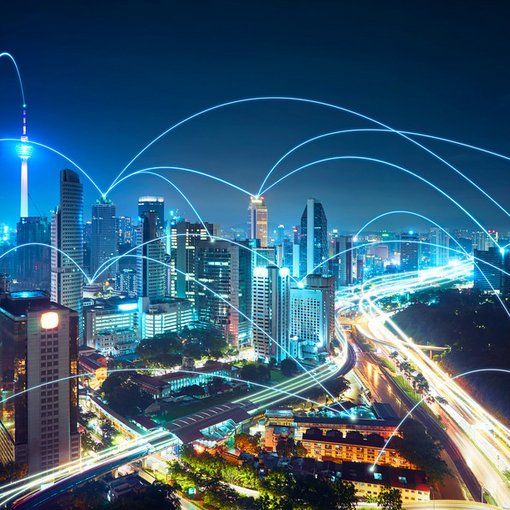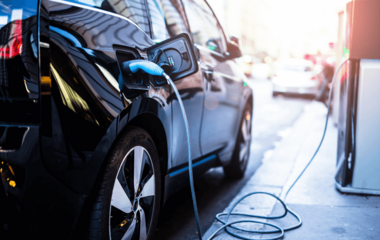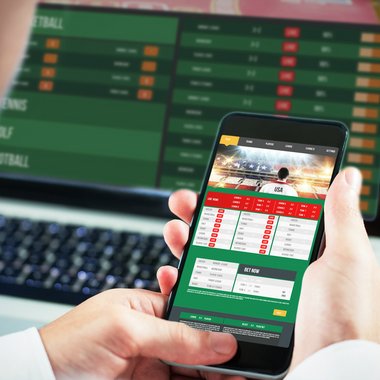
- Three minutes read
Where payments meet plumbing
How payments fits into the connected homes and Internet of Things equation
Back in 1998, in the mists of internet time, a Japanese company called V-Sync made a most unusual announcement; not just another website, but an internet-connected refrigerator. Web-enabled fridges have become something of a cliché in the two decades since, but their central idea – the unattended restocking of perishable foodstuffs – remains an appealing one to many consumers.
That idea – so-called replenishment automation – remains a key element of the connected home concept. These idealised dwellings, in which not just smart fridges but security systems, automated lighting/heating and anything else with a digital interface is connected to each other and the wider internet, are the most consumer-friendly face of the much-vaunted Internet of Things; an environment where everything in the home is controlled and optimised digitally, configured using a variety of apps and web-based dashboards. And crucially, it extends to payments too – the commercial fabric that ties all these services together.
Payments: unlocking potential in connected homes
We can already see many manifestations of this already appearing in our homes. Amazon’s Dash buttons, for example, let consumers order specific items with one click; push the Dash button stuck to your coffee machine, for example, and it will order your favourite pods automatically. The core Dash technology is now built right into some appliances, so that when your new Whirlpool washing machine runs low on detergent it will automatically order more.
Unlike the immensely hyped and largely unfulfilled promise of the first internet fridges, connected homes are going to be very big business. The time savings and convenience factors are going to be worth serious money to consumers, according to most analysts; with predictions of what the connected home market will be worth by 2022 ranging from $53bn (Zion Market Research) to more than $121bn (Markets & Markets). Meanwhile, more than 300 million wifi-enabled smart home devices will be shipped in 2020, according to IHS.
So that voice-activated speaker you got for Christmas (and lots of us did – Amazon says that the Echo Dot was its best-selling device from any manufacturer in any category during the 2017 Christmas season, while NPR says that about 7% of Americans bought a smart speaker during the same period) is part of this trend. And where there are voice commands, there are payments; nearly one third of voice assistant users have used their speakers or smart assistants such as Siri and Cortana to make purchases, according to a Cap Gemini’s Conversational Commerce 2017 survey. Those purchases range from take-out food to groceries, P2P money transfers and car services such as Uber.
The price of convenience
All these developments have clear potential for the payments industry. Every time a commercial smart home transaction happens – a fridge-triggered milk purchase, a voice-activated Uber ride – a payment has to happen behind the scenes. And some of the opportunities in the connected home may be recurring ones; subscription services and utilities payments, in particular, are potentially fertile ground.
Inevitably, though, challenges to this idea exist. One of them is persuading consumers to pay for something that they already get for free. Some observers think that one source of connected home revenues will be from subscription-based home monitoring and energy management offerings, but not everybody agrees; consumers are very accustomed to managing these things themselves, and identifying the point at which they will pay for additional convenience in their lives is tricky at best. (One reason why connected services such as parking space location apps have historically failed is that drivers won’t pay much of a premium for the service; they’ll just drive around for another five minutes until they find a space on their own).
So while connected devices will undoubtedly become new conduits for digital payments, it’s not yet clear exactly how and where all the opportunities are. Some are obvious; digital smart meters can automatically trigger utility bill payments, for example. But some business cases are much less clear. At the CES consumer electronics show in Las Vegas in January 2018, vendors demonstrated Amazon’s Alexa technology integrated into household items such as showers and toilets; nice to have for those for whom turning a tap or pushing a lever is really too much trouble, but hard to visualise as a major source of revenue in the near future.
From kitchens to cars
Other opportunities are easier to visualise. Cars, already highly connected in their own right to a wide array of navigation, maintenance and entertainment services, offer obvious examples; imagine fuel payments being taken automatically at the pump, with no interaction required between the driver and a human or machine. Now voice technologies such as Amazon’s Alexa and Google Assistant are being built into the central auto fabric, giving drivers voice-activated access not just to navigation but news, weather and a selection of third-party apps. It’s only a matter of time before you’ll be able to speak and pay for your Starbucks order on the road, and collect it at an outlet en route to your destination.
Open for business
However these emerging platforms evolve, one aspect is of critical importance to consumers – that of choice. Today, having your fridge or your washing machine automatically and transparently collecting payments in the background may seem like a great idea. But with that invisibility comes an inherent limitation; it’s easy to forget that there might be better offers out there, or more advantageous payment methods. And subscription models for in-home services raise the ugly spectre of consumer lockout; miss a payment or enter a dispute with your supplier, and your home security or laundry facilities may be withdrawn at their discretion.
Threats like these make it ever more important that vendors and platform developers take an open and inclusive approach to payments, not least because global payments trends apply to smart homes too; methods that work in Canada may very well not work in China, however well the technology performs. And they need to work with payments specialists with both the technical knowhow and market insight to help them build globally attractive products and solutions – specialists like Paysafe, whose horizontal strategy fits perfectly with everyone from small device manufacturers to the largest platform players such as Amazon, Google, Samsung and Apple. Connected homes have immense potential, but only if people can actually pay for the services they enable; a fact that is driving some core components of Paysafe’s connected digital strategy.




